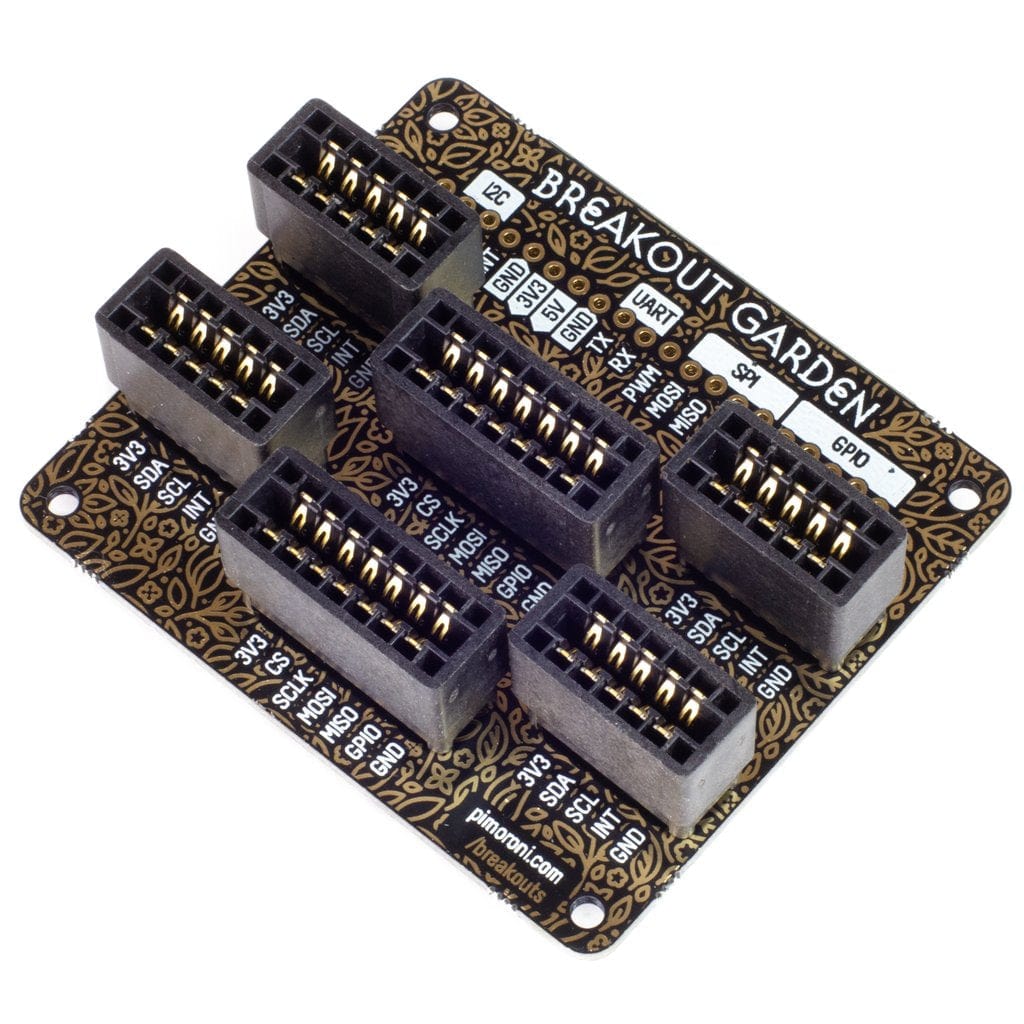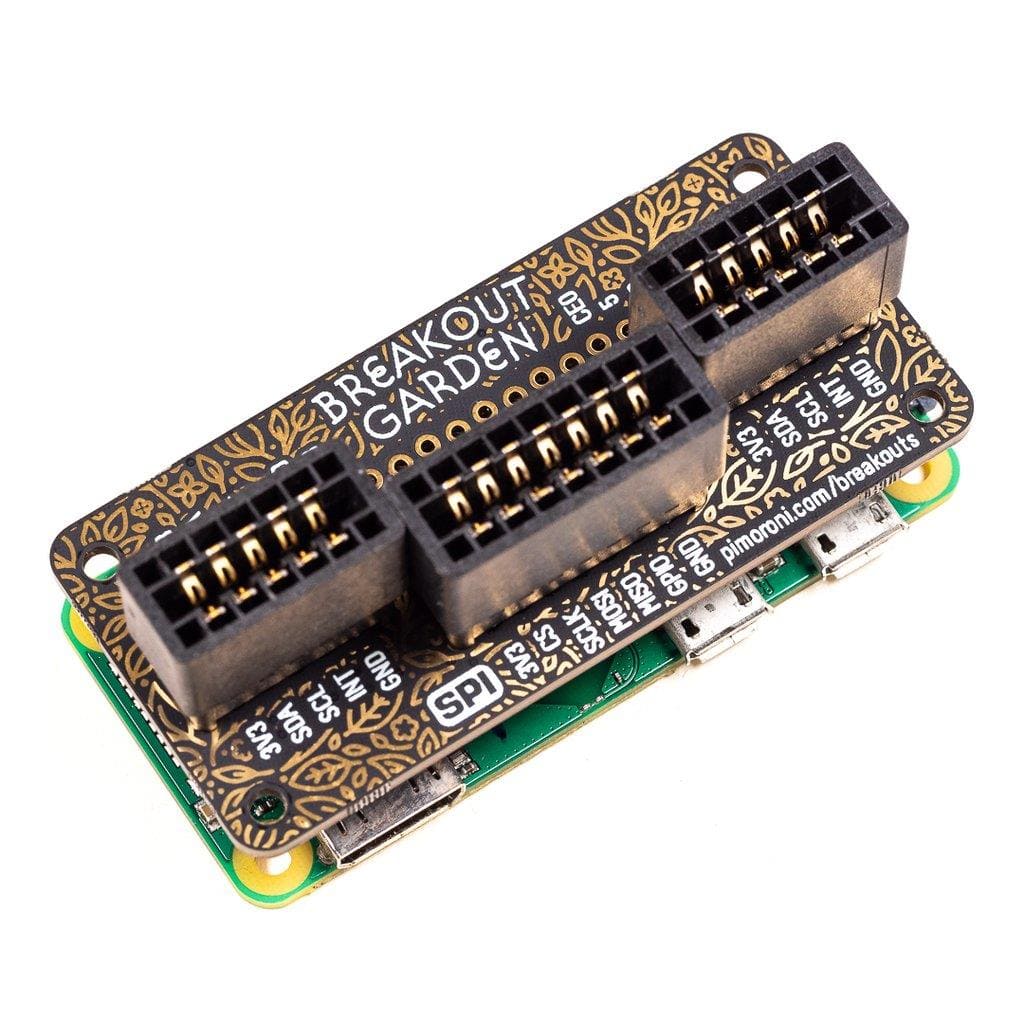
![LED Dot Matrix Breakout [Discontinued] by Pimoroni - The Pi Hut](http://thepihut.com/cdn/shop/products/led-dot-matrix-breakout-pimoroni-pim527-28470197813443.jpg?v=1646443265&width=1024)
![LED Dot Matrix Breakout [Discontinued] by Pimoroni - The Pi Hut](http://thepihut.com/cdn/shop/products/led-dot-matrix-breakout-pimoroni-28470186115267.jpg?v=1646443267&width=1024)
![LED Dot Matrix Breakout [Discontinued] by Pimoroni - The Pi Hut](http://thepihut.com/cdn/shop/products/led-dot-matrix-breakout-pimoroni-28470186344643.jpg?v=1646443269&width=1024)
![LED Dot Matrix Breakout [Discontinued] by Pimoroni - The Pi Hut](http://thepihut.com/cdn/shop/products/led-dot-matrix-breakout-pimoroni-28470186606787.jpg?v=1646443273&width=1024)
![LED Dot Matrix Breakout [Discontinued] by Pimoroni - The Pi Hut](http://thepihut.com/cdn/shop/products/led-dot-matrix-breakout-pimoroni-28470186672323.jpg?v=1646443276&width=1024)
![LED Dot Matrix Breakout [Discontinued] by Pimoroni - The Pi Hut](http://thepihut.com/cdn/shop/products/led-dot-matrix-breakout-pimoroni-28470186803395.jpg?v=1646443279&width=1024)
![LED Dot Matrix Breakout [Discontinued] by Pimoroni - The Pi Hut](http://thepihut.com/cdn/shop/products/led-dot-matrix-breakout-pimoroni-28470187000003.jpg?v=1646443442&width=1024)
![LED Dot Matrix Breakout [Discontinued] by Pimoroni - The Pi Hut](http://thepihut.com/cdn/shop/products/led-dot-matrix-breakout-pimoroni-28470187327683.jpg?v=1646443445&width=1024)
Login / Signup
Cart
Your cart is empty
![LED Dot Matrix Breakout [Discontinued] by Pimoroni - The Pi Hut](http://thepihut.com/cdn/shop/products/led-dot-matrix-breakout-pimoroni-pim526-28470185951427_1000x.jpg?v=1646443260)
![LED Dot Matrix Breakout [Discontinued] by Pimoroni - The Pi Hut](http://thepihut.com/cdn/shop/products/led-dot-matrix-breakout-pimoroni-pim527-28470197813443_1000x.jpg?v=1646443265)
![LED Dot Matrix Breakout [Discontinued] by Pimoroni - The Pi Hut](http://thepihut.com/cdn/shop/products/led-dot-matrix-breakout-pimoroni-28470186115267_1000x.jpg?v=1646443267)
![LED Dot Matrix Breakout [Discontinued] by Pimoroni - The Pi Hut](http://thepihut.com/cdn/shop/products/led-dot-matrix-breakout-pimoroni-28470186344643_1000x.jpg?v=1646443269)
![LED Dot Matrix Breakout [Discontinued] by Pimoroni - The Pi Hut](http://thepihut.com/cdn/shop/products/led-dot-matrix-breakout-pimoroni-28470186606787_1000x.jpg?v=1646443273)
![LED Dot Matrix Breakout [Discontinued] by Pimoroni - The Pi Hut](http://thepihut.com/cdn/shop/products/led-dot-matrix-breakout-pimoroni-28470186672323_1000x.jpg?v=1646443276)
![LED Dot Matrix Breakout [Discontinued] by Pimoroni - The Pi Hut](http://thepihut.com/cdn/shop/products/led-dot-matrix-breakout-pimoroni-28470186803395_1000x.jpg?v=1646443279)
![LED Dot Matrix Breakout [Discontinued] by Pimoroni - The Pi Hut](http://thepihut.com/cdn/shop/products/led-dot-matrix-breakout-pimoroni-28470187000003_1000x.jpg?v=1646443442)
![LED Dot Matrix Breakout [Discontinued] by Pimoroni - The Pi Hut](http://thepihut.com/cdn/shop/products/led-dot-matrix-breakout-pimoroni-28470187327683_1000x.jpg?v=1646443445)
Get retro with this pair of 5x7 LED micro dot matrices - available in green or red (select above)!
We've always loved these old school LTP305 LED matrices (first developed in the 1970s!) and we thought it was high time we made a breakout with them. You get two 5x7 displays (plus a decimal point) and an LED driver, mounted on a Breakout Garden compatible I2C breakout. This breakout is preassembled, so there's no need for tiny soldering (unless you want to attach the breakout to a header).
This breakout is perfect for readouts that involve two numbers or letters - like countdown timers, percentage readouts, or country codes. You can also use the LEDs for graphical displays - a tiny graphic equaliser perhaps, or creepy light up eyes for a very small pumpkin! Their weird science vibe makes them great for cosplay and wearable projects too.
You can attach this breakout to your Pi's GPIO directly or via a breadboard with the included headers, but it's also compatible with our fancy solderless Breakout Garden, which makes it easy to use several different breakouts at the same time.
Check out our full range of Breakout's and Breakout Garden's here
We've designed this breakout board so that you can solder on the piece of right-angle female header and pop it straight onto the bottom left 5 pins on your Raspberry Pi's GPIO header (pins 1, 3, 5, 7, 9).
We've put together a Python library with examples showing you how to control these LED displays. One of the examples is eyes 👀

![LED Dot Matrix Breakout [Discontinued] by Pimoroni - The Pi Hut](http://thepihut.com/cdn/shop/products/led-dot-matrix-breakout-pimoroni-pim527-28470197813443.jpg?v=1646443265&width=1024)
![LED Dot Matrix Breakout [Discontinued] by Pimoroni - The Pi Hut](http://thepihut.com/cdn/shop/products/led-dot-matrix-breakout-pimoroni-28470186115267.jpg?v=1646443267&width=1024)
![LED Dot Matrix Breakout [Discontinued] by Pimoroni - The Pi Hut](http://thepihut.com/cdn/shop/products/led-dot-matrix-breakout-pimoroni-28470186344643.jpg?v=1646443269&width=1024)
![LED Dot Matrix Breakout [Discontinued] by Pimoroni - The Pi Hut](http://thepihut.com/cdn/shop/products/led-dot-matrix-breakout-pimoroni-28470186606787.jpg?v=1646443273&width=1024)
![LED Dot Matrix Breakout [Discontinued] by Pimoroni - The Pi Hut](http://thepihut.com/cdn/shop/products/led-dot-matrix-breakout-pimoroni-28470186672323.jpg?v=1646443276&width=1024)
![LED Dot Matrix Breakout [Discontinued] by Pimoroni - The Pi Hut](http://thepihut.com/cdn/shop/products/led-dot-matrix-breakout-pimoroni-28470186803395.jpg?v=1646443279&width=1024)
![LED Dot Matrix Breakout [Discontinued] by Pimoroni - The Pi Hut](http://thepihut.com/cdn/shop/products/led-dot-matrix-breakout-pimoroni-28470187000003.jpg?v=1646443442&width=1024)
![LED Dot Matrix Breakout [Discontinued] by Pimoroni - The Pi Hut](http://thepihut.com/cdn/shop/products/led-dot-matrix-breakout-pimoroni-28470187327683.jpg?v=1646443445&width=1024)






